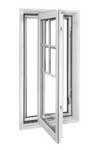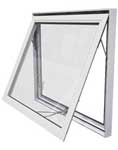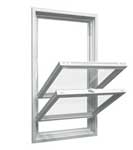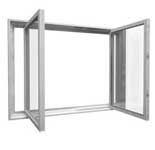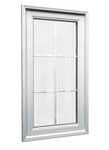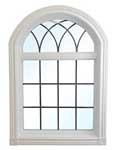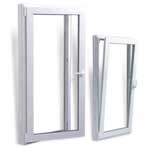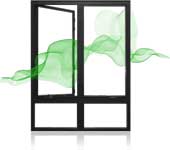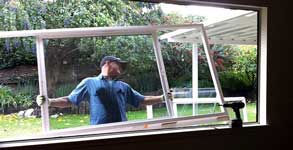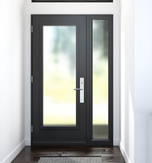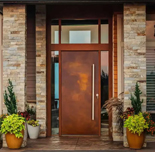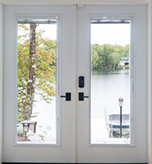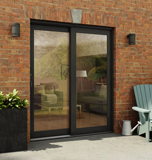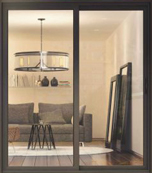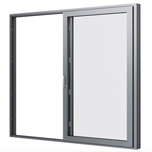Back when windows were first being installed, they were constructed from a single pane of glass, which offered poor protection from the cold or from structural damage. As science progressed and we discovered that a single pane of glass wasn’t good enough, windows started being built with two panes of glass. This increased the heat retention and energy efficiency properties of windows, otherwise known as the U-value, by over 300 percent.
Why does two panes of glass insulate against the cold that much better than a single pane? The science of heat retention deals primarily with air, and the ability to get as much of it between the place, object, or person to keep warm in a cold environment. A good example to illustrate this is with a down jacket. The reason that goose down is such an effective insulator is because of how fluffy it is. If something feels soft or fluffy, chances are it has trapped more air. The more that is trapped, the farther heated molecules of air from the inside need to travel before they can escape into the outside.
If we apply the same principle to single versus double paned windows, we can then see why a window with 2 panes of glass and a space in between, which slows the movement of heated molecules of air, is so much better at trapping heat than a window with a single pane of glass. Today, windows with three panes of glass have been developed, known as triple-paned or triple glazed windows. These types of windows are even more energy efficient than their double-paned predecessors, albeit more expensive.
The best way to illustrate this is with the aforementioned U-value. The lower the U-value, the more energy efficient the window is, due to it’s lack of heat loss properties. A single paned window can expect a U-value no lower than 5, double-paned windows have U-values that approach 1.5, and triple-paned windows have U-values that approach 0.8 or lower. This means that a triple-paned window will be almost ten times more energy efficient than a single-paned window.
Another innovation with energy efficiency and windows is the material that the frame is constructed from. Most older windows were built with wooden frames, because more technologically advanced frames were either too expensive or the material simply hadn’t been invented yet! Today, wooden frames are still available, but their limited strength and constant maintenance needs are a detractor from their selling power. Metal frames were a popular innovation thanks to the large increase in frame strength, but metal is a poor insulator – even poorer than wood – so these frame types are heavily based on cost needs since they’re also the cheapest. The best choice for energy efficient windows is vinyl, which offers high strength combined with unsurpassed energy efficiency.
If you’re in the market for energy efficient windows, contact a reputable window installer that’s fluent in the latest energy efficiency advances, like Eco Choice Windows. They offer a wide variety of styles and materials to suit your needs for your new build or your next home renovation.

